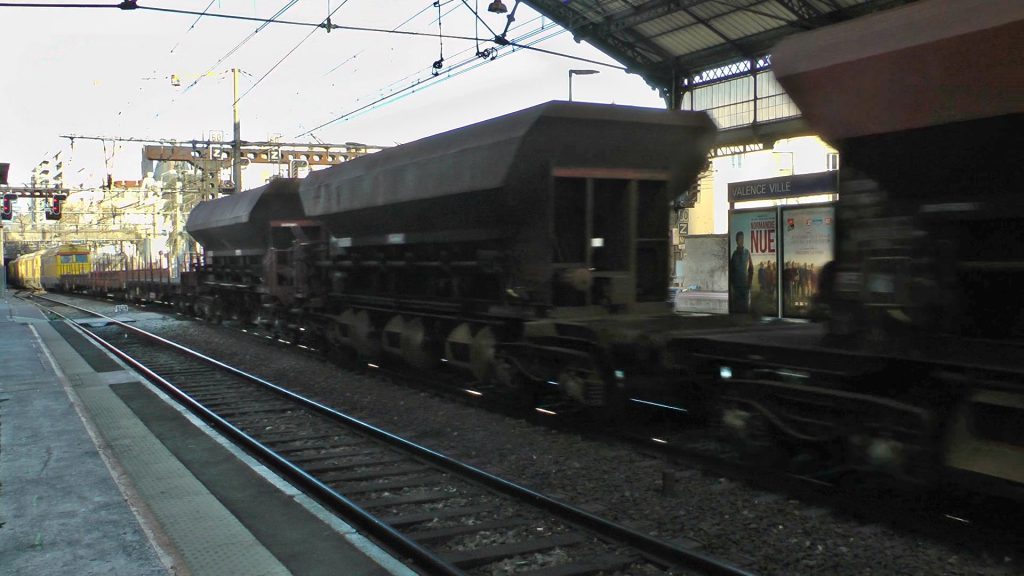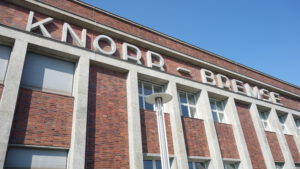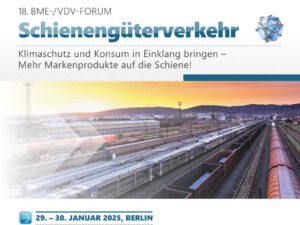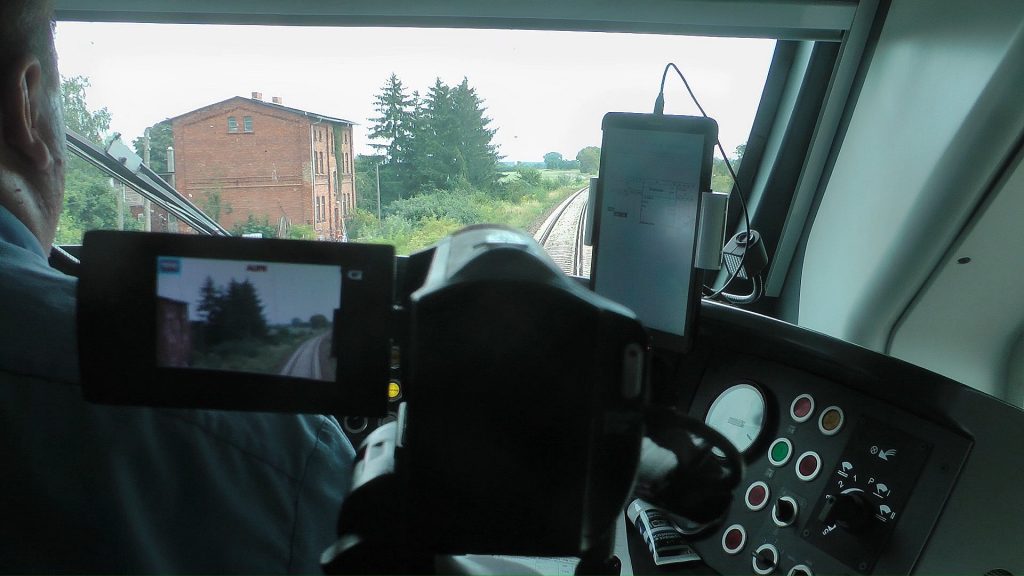With the rail reform in France, the SNCF cargo company was converted into an independent public limited company in January 2020. The SNCF parent company took over the debts of its freight subsidiary in the amount of 5.2 billion euros, but only equipped the now independent public group with a capital of 170 million. Without sweeping reforms, Fret SNCF could hardly stay afloat for long. The horror vision on the horizon: The traditional company could simply disappear if it does not become profitable.
The daily Le Figaro speaks of an “emergency”: “Since 1997, Fret SNCF has never made any money,” Sylvie Charles quotes, the general director for multimodal rail freight at SNCF. The CEO of SNCF, Jean-Pierre Farandou, was correspondingly offensive on January 16, 2022. Freight traffic will be one of his two priorities in the modernization of the rail network.
Frédéric Delorme, President of Rail Logistics Europe, now saw a little light on the horizon during a conversation with the Club VRT of the transport magazine ville-rail-transports. On February 16, he said Fret SNCF had returned to profitability for the first time in 2021. The amount of the profit is modest “slightly above the balance”. In 2020, the losses had amounted to 105 million euros. A balanced margin and cash flow are now expected in 2023.
Fret SNCF owes its recovery to increased business activity, efforts to increase productivity including structural cost reductions, asset sales, but also public financial support through subsidies for tolls and single-wagon transport. “All subsidiaries are in the green zone in 2021,” continued the head of freight and network activities of the SNCF group, which includes Fret SNCF, Captrain, Naviland Cargo, VIIA and Forwardis.
Fret SNCF is still losing market share
Even if the state-owned company is slowly picking itself up – the wind of the competition is blowing against it. This is shown by the annual report of the French rail transport market for 2020, which the French supervisory authority Autorité de régulation des transports (ART) published in December 2021. According to the report, 2020 also confirmed the ongoing decline of Fret SNCF. While its share (expressed in tons/km) was 57 percent in 2018, it was only 52 percent in 2020.
Captrain France also fell by one point to 11 percent. At the same time, DB Cargo France increased by one point to 13 percent, as did Lineas France (4 percent). The other railway companies, in turn, continued to climb the rankings, claiming a 7 percent share, up from 5 percent in 2018.
Demanded: A Marshall Plan for the rail network
The transport supervisory authority ART leaves no doubt: The low proportion of rail freight transport in France in the general transport volume is also due to the poor condition of the track network. Despite sharply increased government spending for the renovation of the “traditional” rail network, i.e. excluding the separate high-speed lines, the “obsolete” tracks, some of which are also used by freight trains, increased by 0.8 percent in 2020. They now make up 21 percent of the national rail network.

That is why the head of Rail Logistics Europe, Frédéric Delorme, is calling for a “Marshall Plan” for the French rail network. In his opinion, 2.8 billion euros per year to regenerate the rail network is not enough. The manager warns that if massive investments are not made immediately, it will be too late in ten years. The social and economic climate for rail is currently better than ever. Finally, when choosing their mode of transport, shippers today ask about the carbon footprint of each mode of transport, whereas previously they were only interested in prices. Delorme: “That gives rail a real competitive advantage.”
The aim of the national freight carrier and the other players in rail freight transport, which have joined forces in the Alliance 4F, is to increase the share of rail freight transport in France from 9 percent today to 18 percent in 2030. Compared to the 25 percent targeted in Germany, this is a moderate goal – but it still comes at a high price. The basis could be the national strategy for rail freight transport presented last September. Based on this, the French rail freight companies estimate that a good ten billion euros will still need to be invested in order to really double the rail share in ten years.
Rail funding is to become an election campaign issue
The rail freight companies apparently do not automatically believe that their politicians are capable of such reforms. On February 9, 2022, the 4F Alliance (the acronym means “Fret Ferroviaire Français du Futur”, French rail freight transport of the future, founded in 2020) declared: The topic of rail freight is conspicuous by its absence in most of the speeches of the candidates for the upcoming presidential elections. By that, necessary ambitions for substantial investments are difficult to recognize.
This sector, which is important for industry and the supply of the country, is currently at a crossroads in France. On the other hand, the ambitions proclaimed by the climate law since 2021 are strong and some momentum has been set in motion. These include the national RFT development strategy, the signing of a pact and the first financing agreements between the State and the national rail infrastructure manager SNCF Réseau, as well as aid to RFT companies currently planned until 2024. It is now important to consolidate these positive approaches.
The ART annual report documented the weakness of the current rail network with clear figures. At 31 billion tons/km, the share of rail freight in the modal split in France even fell in 2020 – by 0.2 points to 9.7 percent.
Hermann Schmidtendorf, Editor-in-Chief









